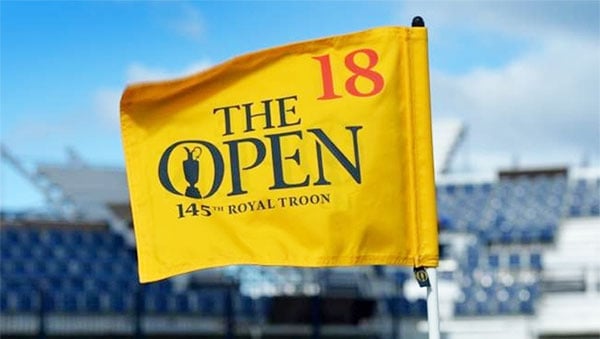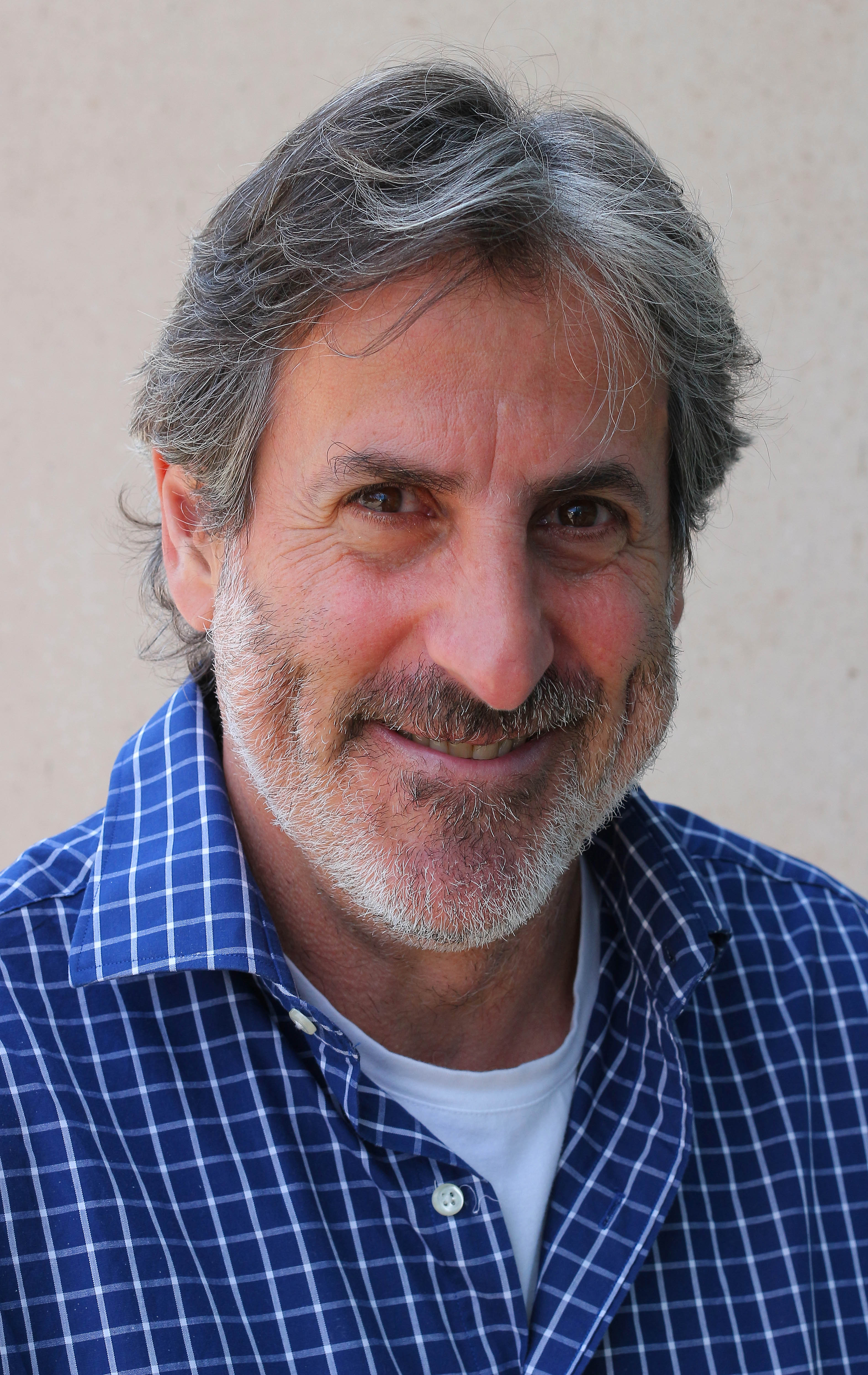
Of all the four men’s Professional Golf Association Major championships, the Open, or British Open as some prefer to call it because of its history, is the best of all because of its unpredictability. If the golfers aren’t battling the course with the bunkers the size of craters and the deep rough that look like pastures, they are usually fighting the elements.
This year’s version at Royal Troon in Scotland was no different. It had a little bit of everything to challenge the golfers, yet allow for a final day that offered ideal conditions and a round for the ages.
The opening round provided a glimpse into what would make this year’s Open so historic. Phil Mickelson flirted with an all-time Majors’ record 62. Instead, he missed it by one stroke, his final putt rimming the cup. It was, as he would remark afterward, the golf Gods denying him the opportunity to etch his name into the record books with that magic number.
But that was, perhaps, a harbinger of what was to follow, and a reminder that when it comes to the Open, expect the unexpected. The golfers had to fight off blustery wind conditions and sheets of rain in the second round – the kind of elements you expect at a British Open.
Who could have possibly predicted that on the final day the weather would be so ideal that Henrik Stenson, the eventual winner, peeled of his sweater midway into the round? Normally in the Open, the golfers are adding layers of clothing, sometimes wearing toques.
Stenson drained birdies from various distances on the final round, carding a 63. The 40-year-old Swede finished at 20-under par, setting an overall record score for a Majors tournament. To think it happened in the British Open is even more incredible.

Stenson and Mickelson, who finished second by three strokes, battled it out like two prize fighters. This was like a punch, counterpunch display. Mickelson gave it everything, finishing with a 65. It’s hard to believe a six-under par score on the final round was not good enough to win. He was literally inches short on some of his putts. Yes, the golf Gods tested him throughout the tournament.
Mickelson was trying for his second Open title in four years. He said after opening with a 63, he didn’t feel pressure because of his previous win. But you couldn’t deny Lefty’s competiveness. He really wanted a second Open title to add to his legacy as one of the greatest golfers of his generation. He is 46, only four years shy of the Seniors Tour, but shows no signs of slowing down. He has played in 17 tournaments this year, made 11 cuts, had four top-three finishes and six top-10 finishes. There is something to be said about consistency for a golfer who matured from a risk taker early in his career to one who has developed an all-around sound game.
Mickelson now has 11 runnerup finishes in a Major championship. This one was a tough beat. He did nothing wrong and won’t beat himself up mentally.

Stenson’s victory moves him up into elite company. Similar to Sergio Garcia he had been one of those golfers whose career was missing a win in a Major championship. He had been shut out in 41 previous Majors. Now, he is off the schneid. He finished second to Mickelson in 2013 in the Open. Perhaps he was due to beat him.
What also makes the Open so special, similar to Wimbledon, from a North American viewing perspective is waking up and watching the tournament already underway. Breakfast at Wimbledon is a tradition, and breakfast at the Open at whatever course it is played is special, too.
With all the technology, viewers can watch the Open and truly see what makes it so remarkably different from the other Major championship tournaments. A documentary could be done on the bunkers and the expression of relief on the face of the golfers who blast their way out of those sand traps and the frustration of those whose balls fail to clear the embankment. Jordan Spieth had one shot in the bunker that appeared to land safely out of it, only to roll back into it.
Then there’s the gorse – the weeds that make it so difficult to pitch out of with any certainty. But this is the essence of links golf, the trademark of the British Open.
Following the British Open, many of these golfers will travel via Concorde jet to the Canadian Open, once considered the unofficial fifth Major on the PGA Tour. Some golfers will choose to bypass the Canadian Open, spent from the mental and physical exhaustion of the British Open.
This year’s field is slated to include Jason Day, ranked number one in the world, and U.S. Open winner Dustin Johnson, ranked second. Neither Mickelson nor Stenson are slated to be in the tournament.
The Canadian Open will not be nearly as challenging as the British Open because of the absence of all the obstacles, man-made and otherwise. Weather can never be predicted, and rain has played a role in the Canadian Open in the past, but it’s not links golf. Certainly, it’s nothing like anything experienced in the British Open.
This post was originally published by Knetgolf on July 19, 2016. Knetgolf was acquired by LostGolfBalls.

